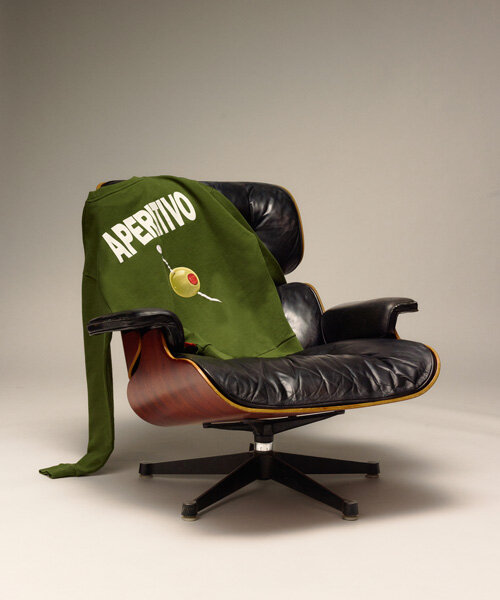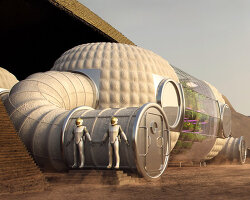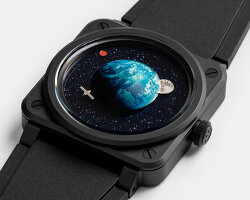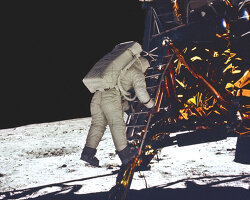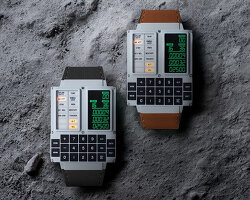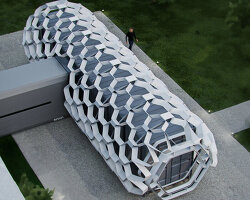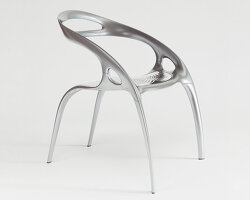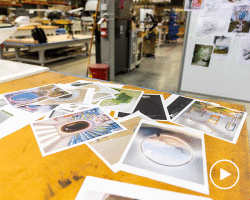meet flex: the astronaut tested rover
california-based startup astrolab has unveiled a ‘flexible logistics and exploration’ (FLEX) rover that is being developed to support people living on the moon and mars. designed to transport both people and cargo, the multi-functional rover aims to enable the next generation of planetary exploration and discovery.
a full-scale and fully-operational prototype of FLEX was recently tested over five days in the california desert by retired NASA and canadian space agency astronaut chris hadfield.
‘as we transition from the apollo era, which was focused on pure exploration, to now, where people will be living for longer periods on the moon, the equipment needs to change,’ said chris hadfield, astrolab advisory board member. ‘when we settle somewhere, we don’t just need to get people from one place to another, but we need to move hardware, cargo, life support equipment and more. and it’s all dependent on mobility. it was not only a joy to drive FLEX but also see its size, capability and get an intuitive sense of what this rover can do.’
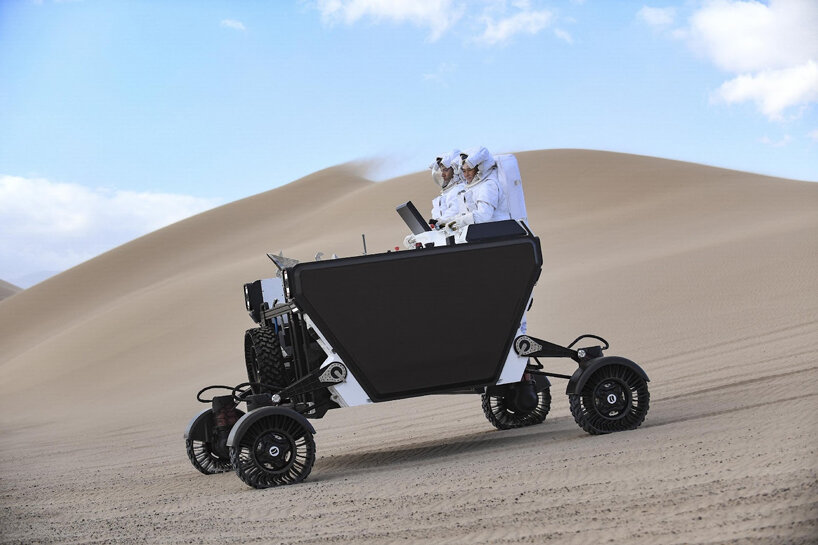
image and videos courtesy of astrolab
unlike rovers of the past, which were custom-designed for a specific payload, astrolab is developing FLEX around a modular payload interface that supports intermodal transportation: from lander to rover and back.
‘for humanity to truly live and operate in a sustainable way off earth, there needs to exist an efficient and economical transportation network all the way from the launch pad to the ultimate outpost,’ said jaret matthews, founder and CEO of astrolab. ‘currently, there is a gap in the last mile and astrolab exists to fill it.’
FLEX’s specifications include a removable deck that accommodates two astronauts standing, a deck that can hold 3m³ of cargo, navigation and hazard detection sensors for semi-autonomous operations, and wheels designed for soft soil. the vehicle also features deployable solar panels to keep the internal batteries topped up. astrolab says the rover can be used for robotic science, exploration, logistics, site survey/preparation, construction, resource utilization, and other activities critical to a sustained presence on the moon and beyond.
‘we’ve designed a mobility platform that is payload agnostic so it can work within an ecosystem of transportation systems, vehicles and tools,’ said matthews. ‘FLEX achieves a wide range of utility by being able to collect, transport, and deposit any payload that conforms to what will be a standard and open interface.’
project info:
name: FLEX
company: astrolab
